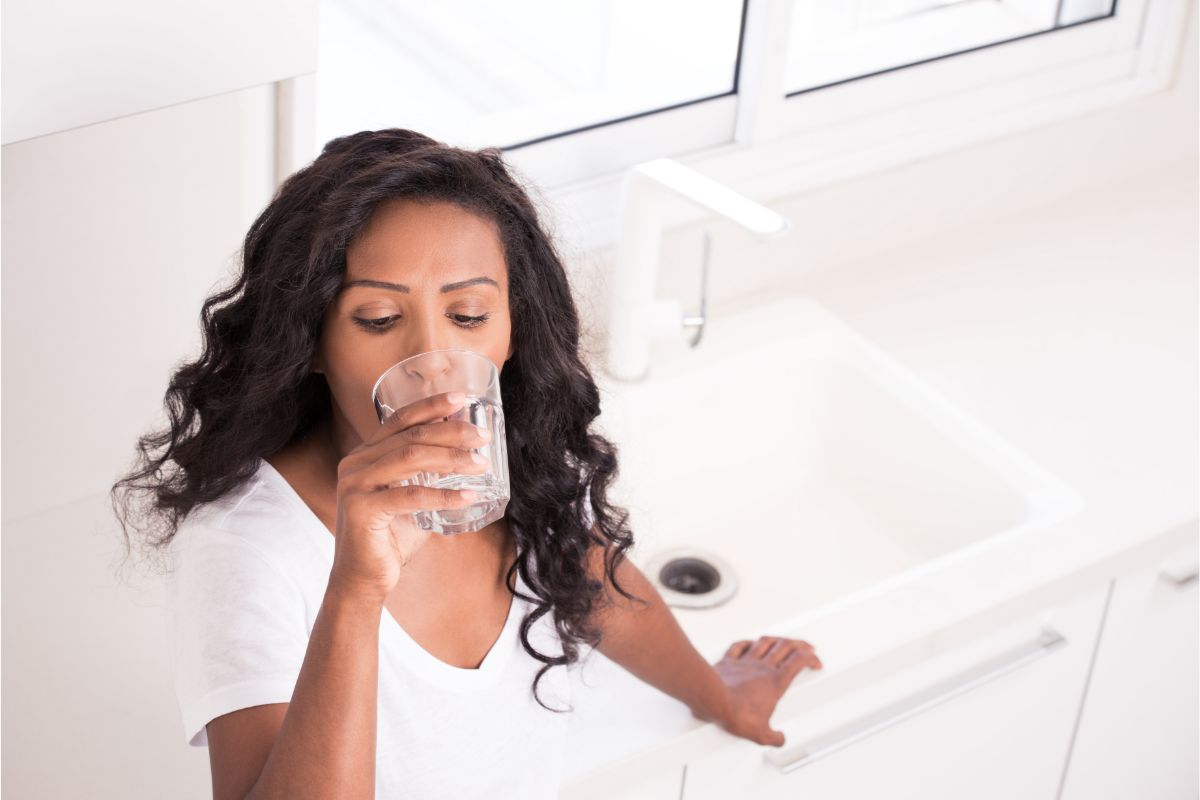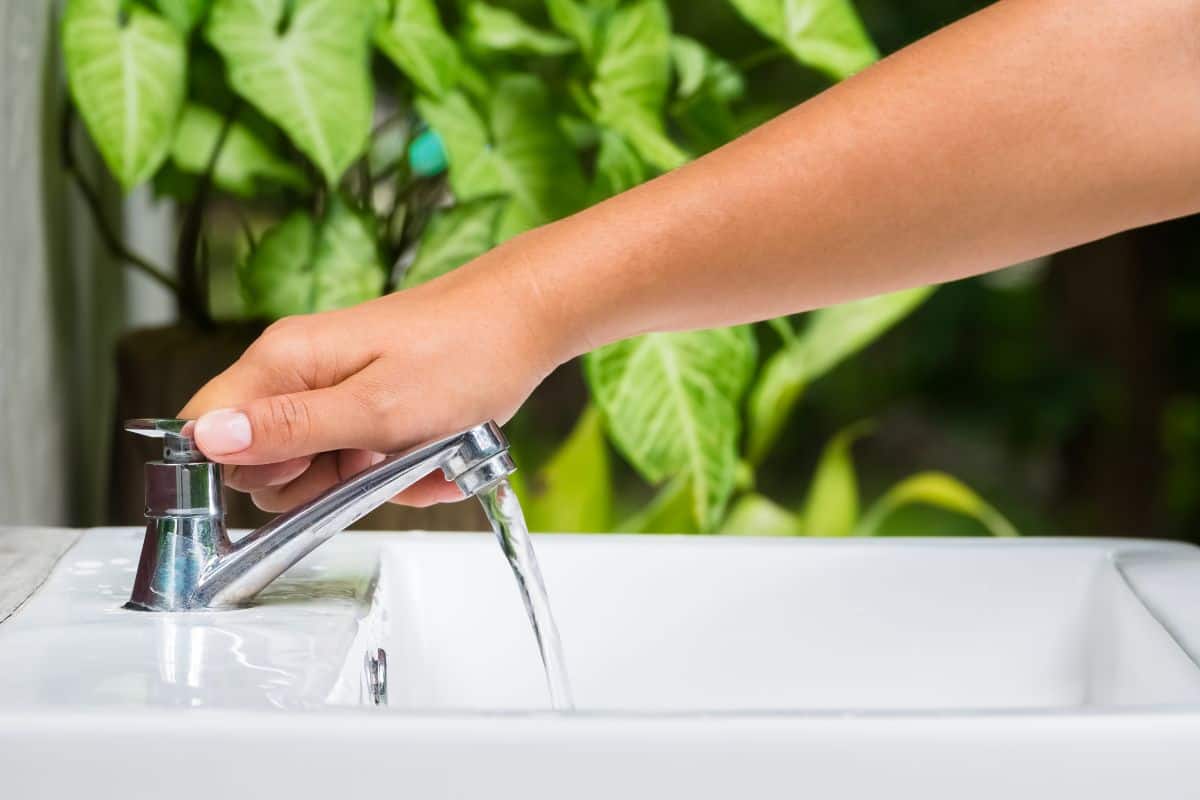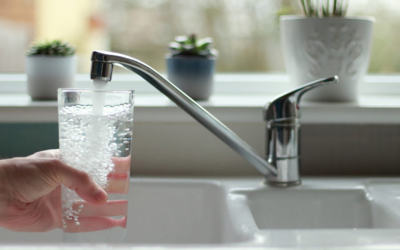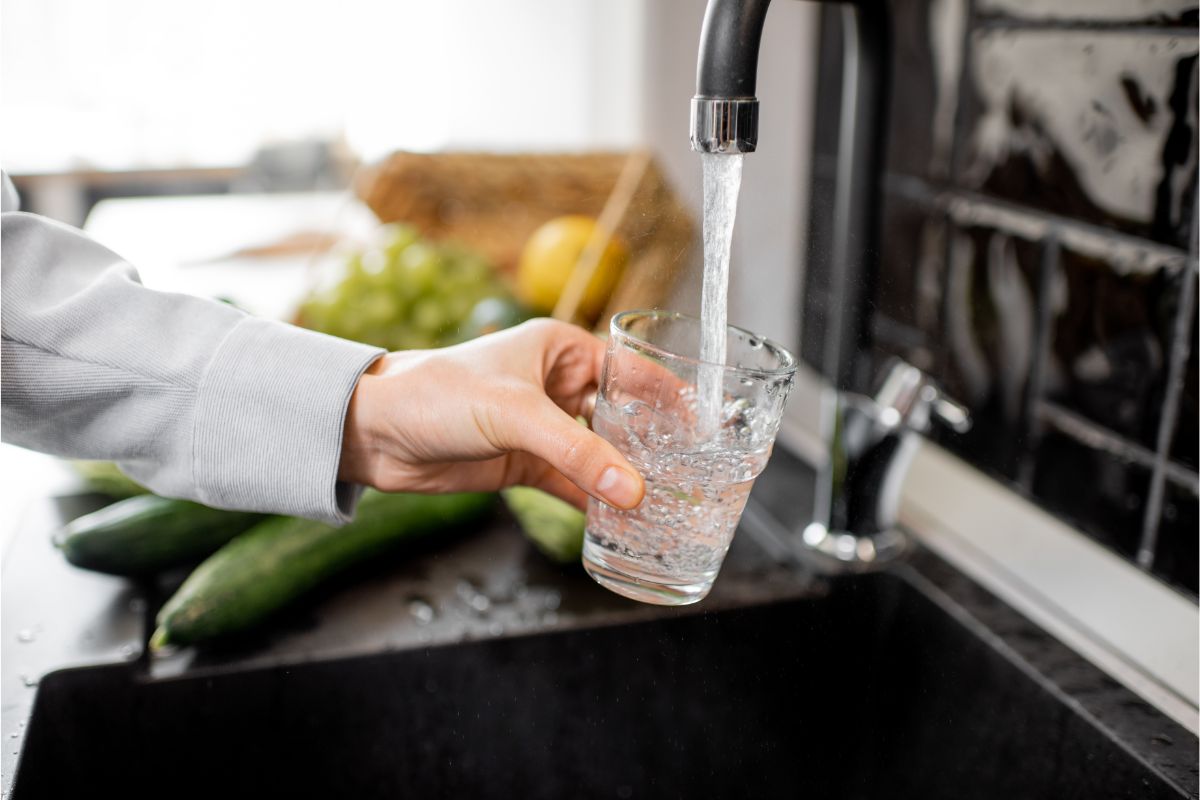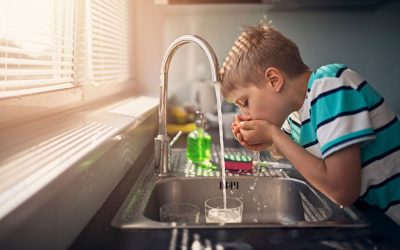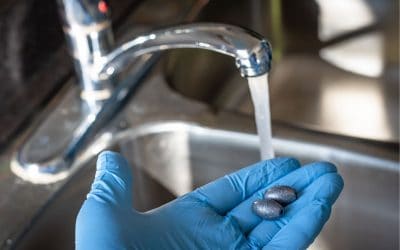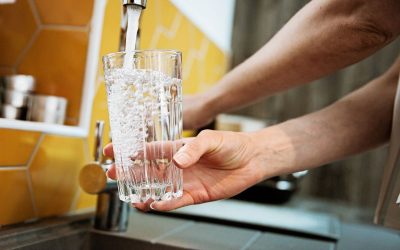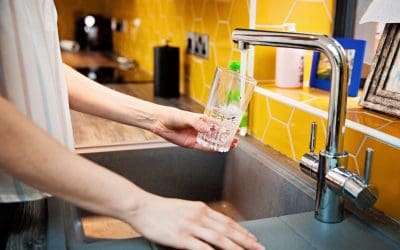Whether you’re a local to Washington DC or visiting on vacation, you may be wondering if the tap water is safe to drink.
Constantly drinking bottled water can be frustrating, as they are heavy to carry back from the grocery store, and they’re not known for being kind to the environment either.
In general, the tap water in Washington DC is safe to drink. However many locals appreciate Washington DC water filter installations for their drinking water.
This article will discuss the matter in more detail, so you know how to approach the situation accordingly.
Contents
Where does the drinking water come from?
The drinking water that is supplied to Washington DC (District of Columbia), is obtained from the Potomac River.
Around 140 gallons of water is withdrawn by The Washington Aqueduct, from Great Falls and Little Falls.
Drinking water is then purchased by DC Water from the Aqueduct, which cleans, filters, and fortifies the water, making it safe to consume.
How is the water treated?
The Aqueduct uses a certain treatment process to turn the water that has come directly from the Potomac River, into clean water that is safe to drink.
One of the main steps in this treatment process is using a combination of chlorine and chloramine, which is a combination of chlorine and ammonia, that is used to disinfect, and kill away any bacteria that could be lingering in the water.
Chlorine is added first, which is then followed by the addition of ammonia, which is an even stronger disinfectant. These chemicals then travel through the DC water pipe system, cleaning the water as it travels through.
The levels of chlorine and ammonia added to the water is safe for consumption, but to get rid of the taste and smell, you can place a water filter pitcher in your refrigerator, and keep filling it up from the tap.
This will completely filter your water, ready for you to consume.
How does DC get its drinking water?
Drinking water is brought to millions of residents by the Washington Aqueduct. It is supplied to one million people in the District of Columbia, Arlington County, and the City of Falls Church area.
The Aqueduct takes the water from the Potomac River, treats it, and then DC Water purchases it from them, and supplies and distributes it throughout Washington DC.
DC water crisis: 2000-2006
Back in the early 2000s, Washington DC experienced a water crisis, where the Washington Aqueduct made a few changes to the chemicals they use to treat the water supply.
This led to lead making its way into the pipes, infecting the water.
Lead contamination can be dangerous, so during this time, people were advised to avoid drinking tap water.
How does DC water manage Lead now?
Lead makes its way into water from the corrosion of lead pipes. These are normally present in old homes, where the plumbing system contains lead.
Now, DC water works very closely with the Aqueduct in order to monitor the corrosion of certain pipes and plumbing across the entire district.
Currently, DC Water meets all the EPA standards for lead in the water and constantly monitors the quality of the water to make sure that there is no lead contamination.
DC Water also offers a free lead testing program, where they offer filtration systems for home faucets. This will ensure that the water you are consuming is completely safe for you and your family to consume.
Is bottled water safer than tap water?
Many people prefer bottled water over tap water, due to the taste, and sometimes, safety.
However, unless you are in a specific region where you are told otherwise (such as certain areas of Africa), tap water is generally safe and cheap to drink.
When it comes to bottled water, some products may be holding tiny amounts of microplastics.
These have been known to cause inflammation and other negative effects in certain organs of the body such as the intestines, kidneys, and liver.
This contamination of microplastics comes as a result of the packaging and bottling process.
Difference in taste
Some claim that there is absolutely no difference in taste between bottled and tap water, whereas others state the opposite.
The taste of bottled water can vary significantly, depending on the brand of water, and where it has come from.
Mineral water, for example, has a distinct taste depending on the kind of minerals used in it.
Bottled water is less environmentally friendly
As mentioned at the start of this article, bottled water is not environmentally friendly. The water gets treated, bottled, refrigerated, and packaged, and all of this requires a lot of energy.
A lot of water bottles also end up in bodies of water or landfills, as people do not recycle them.
There have also been studies that show that these bottles have the potential to release toxins over time – they are not biodegradable.
Bottled water is more expensive
It doesn’t cost much to turn on your tap and fill a glass with some drinking water. However, constantly buying bottled water can build up over time, leading to quite a hefty price tag.
While they are available in every grocery and convenience store, if you constantly buy them, the price will add up.
However, many people still find the cost is worth it.
### Recent Concerns Washington, DC Tap Water Quality
In recent months, several concerns have emerged regarding the quality of tap water in Washington, DC. One of the primary issues involves elevated levels of lead contamination, primarily affecting older neighborhoods with aging infrastructure. The District's Water and Sewer Authority (DC Water) has identified certain areas where lead service lines are prevalent, prompting increased testing and public advisories. Additionally, there have been reports of discolored water in some regions, leading to fears of bacterial contamination. The Environmental Protection Agency (EPA) and DC Water are collaborating to address these issues through enhanced monitoring and public awareness campaigns. Immediate actions include distributing water filters and offering free water testing kits to residents in the most impacted areas.
Public concerns have also been raised about the presence of per- and polyfluoroalkyl substances (PFAS) detected in some water samples. The authorities are investigating the potential sources of contamination and are working on strategies to mitigate these emerging pollutants. Residents are advised to stay informed through official channels and to take necessary precautions as recommended by health officials.
DC Water Issues Lead Warning for Older Homes
https://www.washingtonpost.com/local/dc-water-issues-lead-warning-for-older-homes/2023/09/15/
EPA and DC Water Respond to Discolored Water Reports
https://www.dcnews.com/environment/epa-dc-water-respond-discolored-water/2023/08/30/
PFAS Contamination Concerns in DC Tap Water
https://www.nbcwashington.com/news/local/pfas-contamination-dc-tap-water/2023/10/05/
Final thoughts
To conclude, DC tap water is generally considered safe to drink. The water supplied to this area comes from the Potomac River.
The Washington Aqueduct withdraws and treats it, and then DC water purchases the treated water and supplies it to residents through the DC water system.
While there was a water crisis in the early 2000s that meant that there was some lead contamination in the water, DC Water now monitors this very closely and offers residents a free lead testing program, where they can install a water filtration system on their home taps.
If you ever are worried about the quality of the water you are drinking, then get in touch with the water service company in your area, as they will be able to give you all the information you need.
